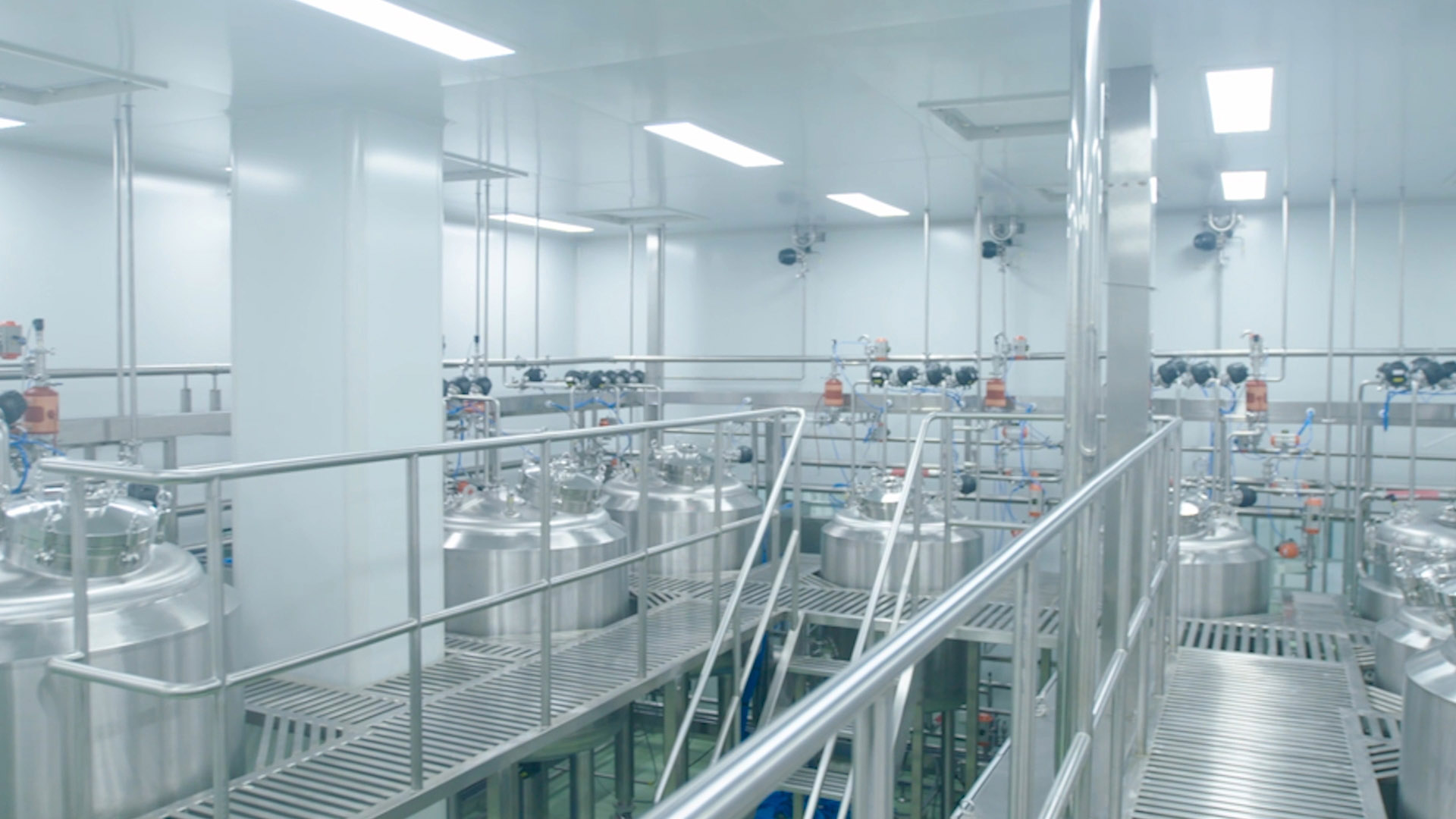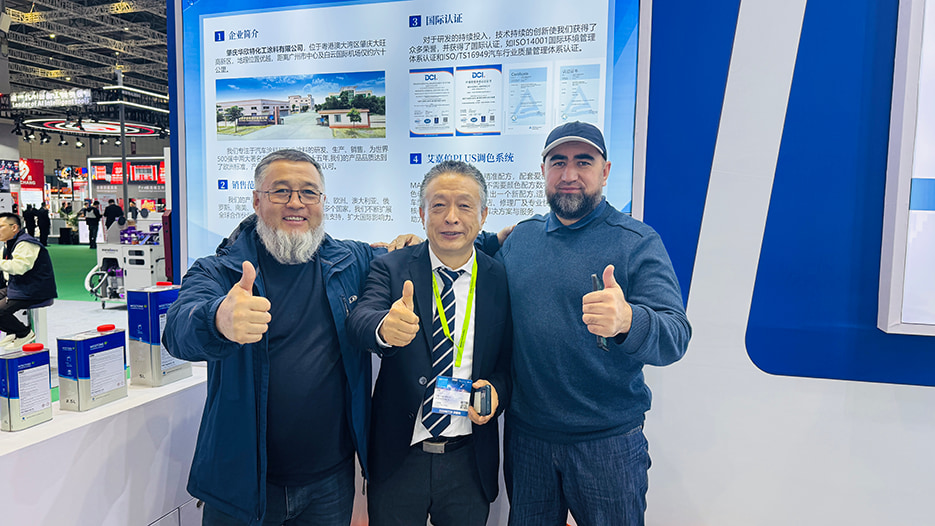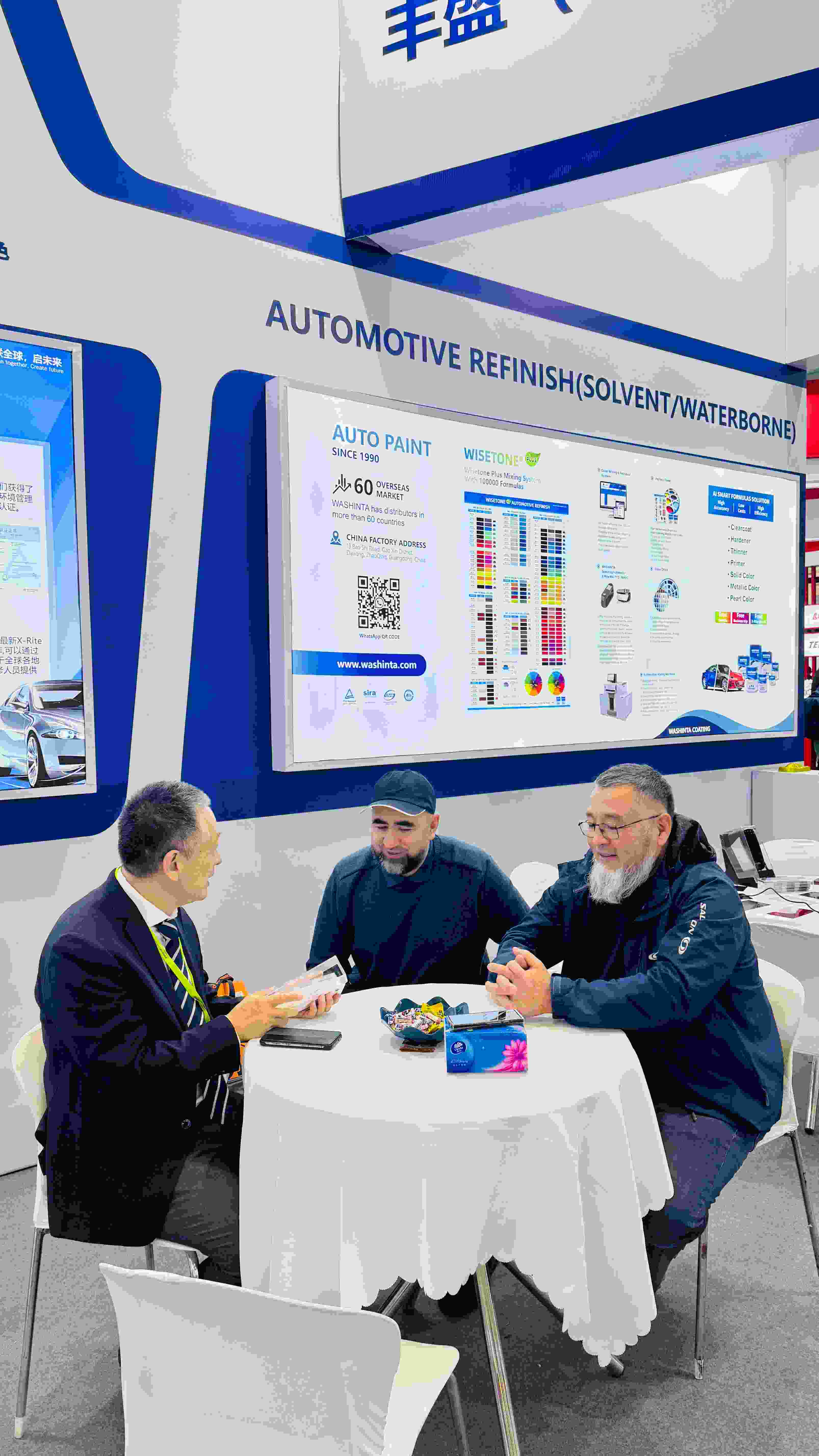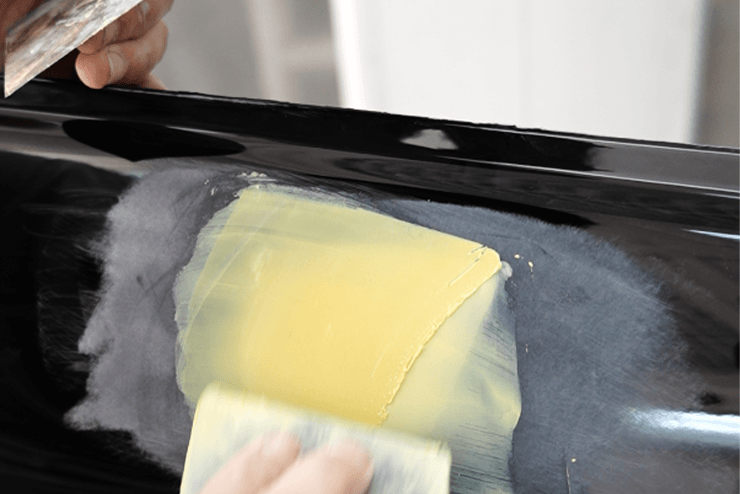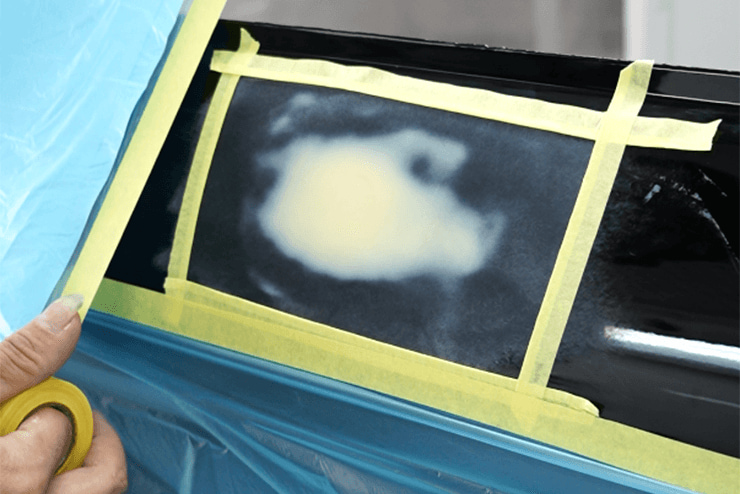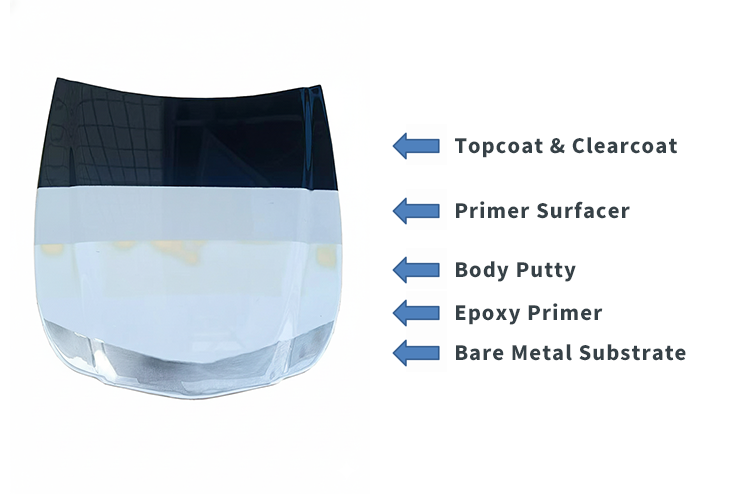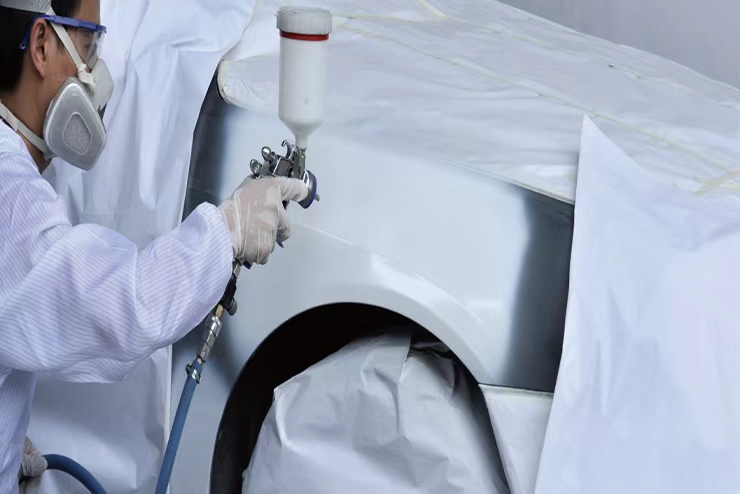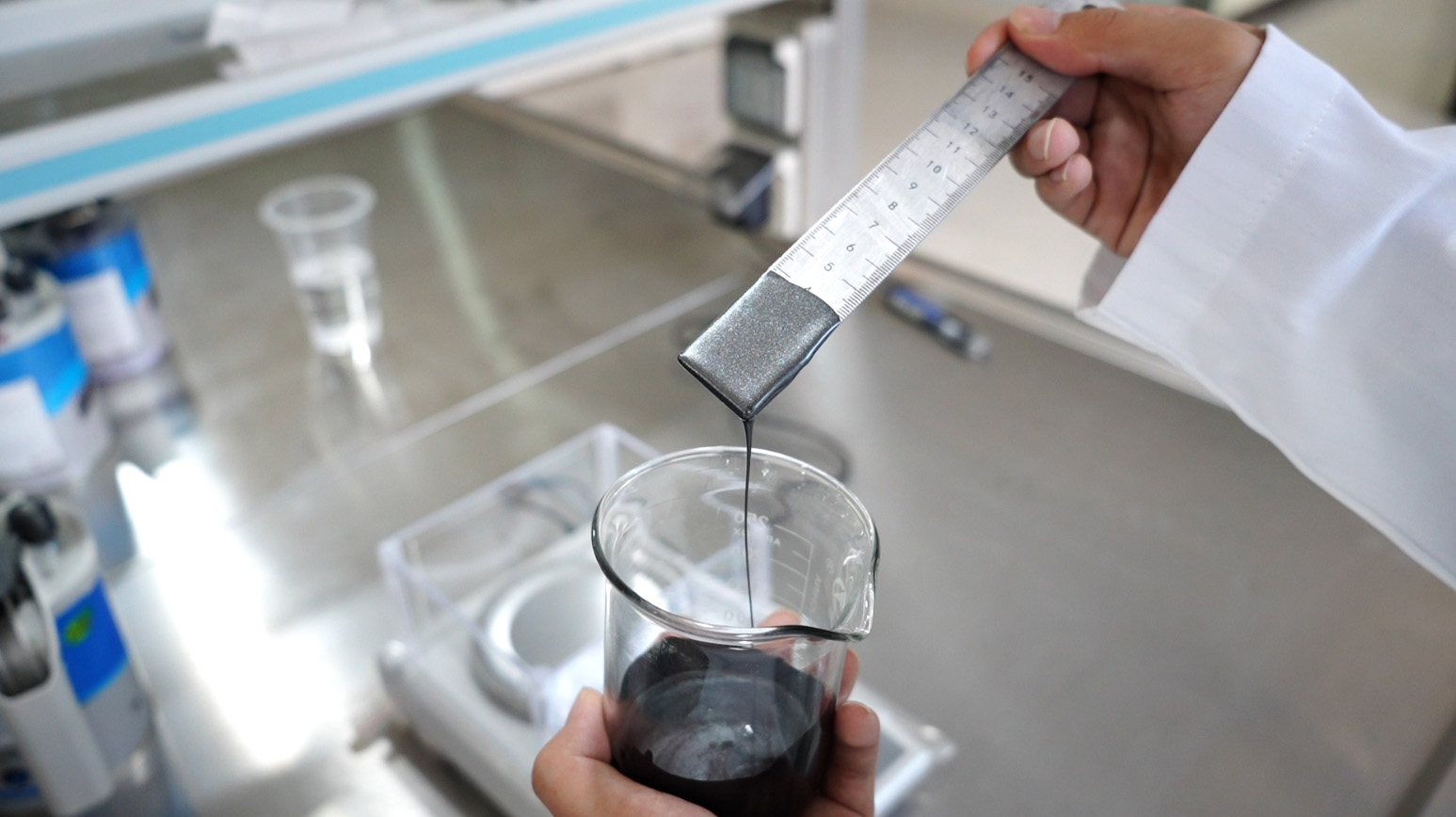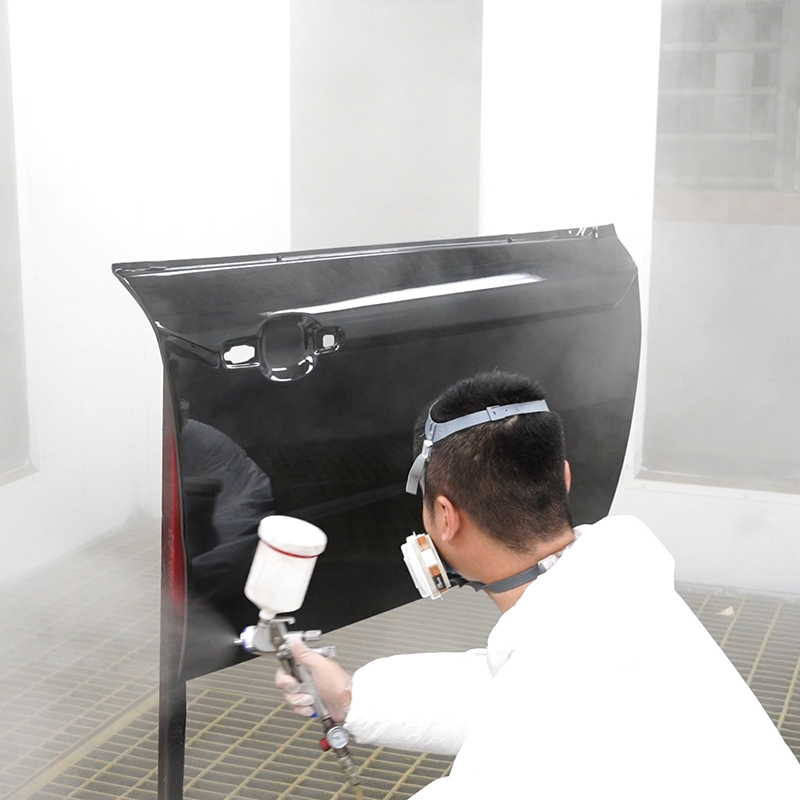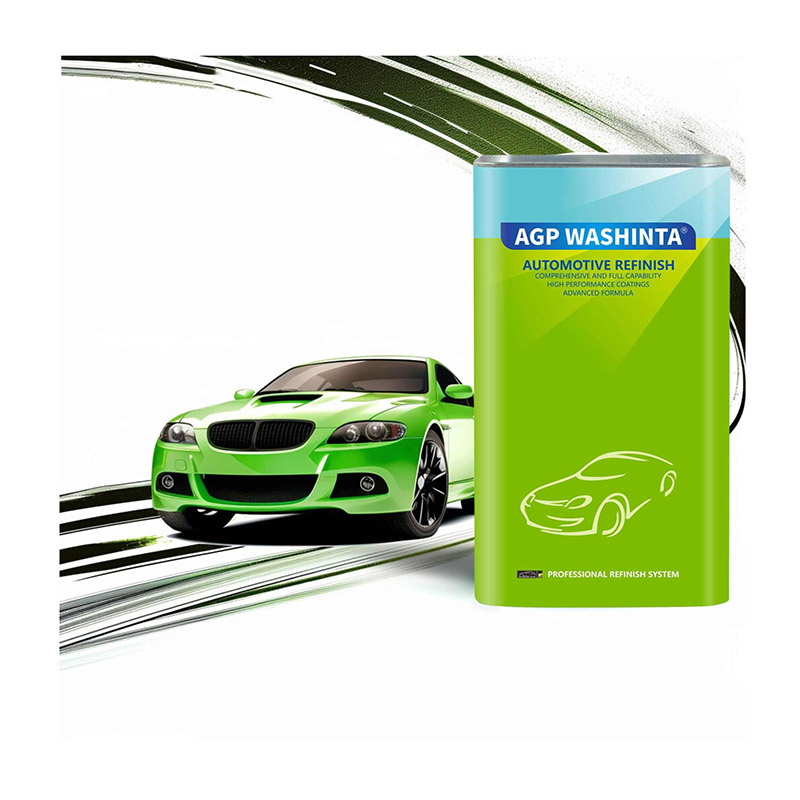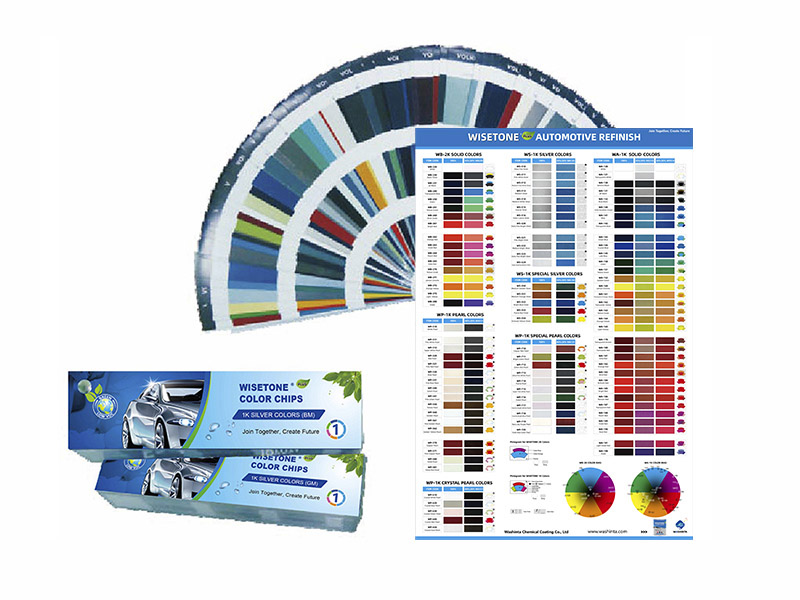Sep 09, 2025
1. Introduction: Solving the Challenges of Auto Repairs
Local car repairs have always been one of the most challenging tasks in a workshop. Minor scratches and paint blending often lead to reworks due to complicated procedures or uneven surfaces. Traditional repair methods are time-consuming and can result in obvious interfaces and noticeable color differences.
To make repairs more efficient and professional, WASHINTA has introduced the No-Blend Clearcoat, specially optimized for spot repairs. It eliminates the need for complicated blending steps while achieving seamless interfaces and perfect color matching on small repair areas, making reworks a thing of the past.
2. What is No-Blend Clearcoat?
As the name suggests, a No-Blend Clearcoat is a clearcoat product that allows smooth transitions in spot repairs without the need for additional blending agents. Compared to traditional methods, its advantages include:
Fewer steps: No need to apply blending agents between old and new paint, simplifying the process.
Reduced rework rate: Creates a smooth interface, preventing whitening or wrinkling after drying.
Improved repair efficiency: Spraying, drying, and polishing are integrated, reducing overall repair time.
No-Blend Clearcoat is especially suitable for small scratches and localized touch-ups, meeting modern workshop demands for both efficiency and quality.
3. Core Advantages of WASHINTA No-Blend Clearcoat
High Density and Easy Dry Sanding
The dense film reduces clogging and paper-wrapping during dry sanding, enhancing the overall sanding experience.
Excellent Adhesion and Multi-Substrate Compatibility
Whether on metal, plastic, or old paint, WASHINTA No-Blend Clearcoat adheres tightly and ensures long-term stability.
Outstanding Color Retention
After repair, the color matches the original paint perfectly, even on dark-colored vehicles.
Fast Drying for Shorter Repair Time
Quick surface drying allows technicians to sand and polish sooner, improving repair efficiency.
Good Filling Power, Easily Covers 240-Grit Sanding Marks
Excellent filling ability ensures minor scratches and small depressions are covered smoothly, resulting in a flawless surface.
4. Real-World Application Cases
Case Examples:
Scenario 1: Minor scratches on the front bumper of a white car
Traditional clearcoat: noticeable interface, required two reworks
WASHINTA No-Blend Clearcoat: one spray, fast drying, smooth interface, no visible marks
Scenario 2: Localized scratches on a dark SUV
Using WASHINTA No-Blend Clearcoat, the color matched perfectly, sanding was smooth, and polishing restored natural gloss
Comparative Advantages:
Reduces repair time by 30–50%
Significantly lowers rework rates
Makes small-area repairs easier, saving material and labor costs
5. Application Tips and Recommendations
Spraying Environment: Temperature 20–25°C, humidity below 60%
Spray Gun Settings: Pressure around 2–2.5 bar, distance 15–20 cm
Dry Sanding and Polishing: After surface drying, use P400–P600 sandpaper; polish for a smooth, flawless finish
Tip: Ensure even spraying and avoid excessive thickness in a single spot to guarantee fast drying and optimal interface results.
6. Conclusion: Why Choose WASHINTA No-Blend Clearcoat
In the modern auto repair market, both efficiency and quality are critical. WASHINTA No-Blend Clearcoat, with its high density, excellent adhesion, fast drying, and strong filling power, ensures every localized repair is seamless, making reworks a thing of the past.
Whether for white cars, dark vehicles, or small-area repairs, choosing WASHINTA No-Blend Clearcoat means choosing a professional, efficient, and hassle-free repair experience.
Read More
